 Dr. Jill Bolte Taylor is a neuroanatomist who became interested in the brain after learning, as a teenager, that her brother suffered from schizophrenia. On the morning of December 10, 1996, at the age of 37, Taylor awoke with a sharp pain by her left ear. Assuming it was a migraine, she hopped onto her exercise equipment, hoping that getting her blood flowing would ease the pain. When that didn’t work, she opted to take shower; that’s when she started noticing paralyzation of her right arm, the dulling of her senses, and an overall out-of-body feeling despite the worsening pain.
Dr. Jill Bolte Taylor is a neuroanatomist who became interested in the brain after learning, as a teenager, that her brother suffered from schizophrenia. On the morning of December 10, 1996, at the age of 37, Taylor awoke with a sharp pain by her left ear. Assuming it was a migraine, she hopped onto her exercise equipment, hoping that getting her blood flowing would ease the pain. When that didn’t work, she opted to take shower; that’s when she started noticing paralyzation of her right arm, the dulling of her senses, and an overall out-of-body feeling despite the worsening pain.
My Stroke of Insight details the morning of and recovery from her stroke caused by an arteriovenous malformation (AVM), the rarest cause of stroke. Taylor asserts that her deep understanding of the brain as a neuroanatomist was what allowed her to recognize the plasticity and boundless potential for her brain to recover. By identifying the portions of her brain affected and working specifically to exercise those areas, Jill made a full recovery. She now gives lectures about her journey, hoping to teach people, stroke victims and their loved ones alike, what they can and should do when faced with this unfortunate neurological dysfunction.
I was attracted to this book for two reasons. Firstly, I am a neuroscience minor (it’s the reason I chose St. Mary’s to begin with!) and plan to go to grad school for a career in research, and secondly, my interests lie in neurodegeneration. To read a first-hand account of neurodegeneration from a neuroscientist was nothing short of fascinating. The opportunity to know what somebody goes through when experiencing something so debilitating is extremely rare, almost invaluable.
I would, however, recommend this book with reservations. Although Taylor does her best to summarize the nervous system in layman’s terms for the first several chapters, I can see how it would still be a bit dense for those unfamiliar with the terminology, and much of the material she includes is not necessary to know when attempting to understand what happened in her brain during her stroke. As someone who read the book out of scientific interest, I was sometimes lost in her artistic and philosophical descriptions of what was going on in her mind and body, finding some of her phrases overused towards the end.
If anyone has any interest at all in stroke, or knows someone who suffered a stroke, this is a great read; just don’t worry if you don’t understand all of the jargon she throws at you.
Availability: USMAI
Review Submitted by: Jordan Gaines
Review: Recommend with Reservations ![]()
![]()
![]()
![]()
![]()
![]()
![]()
![]()
